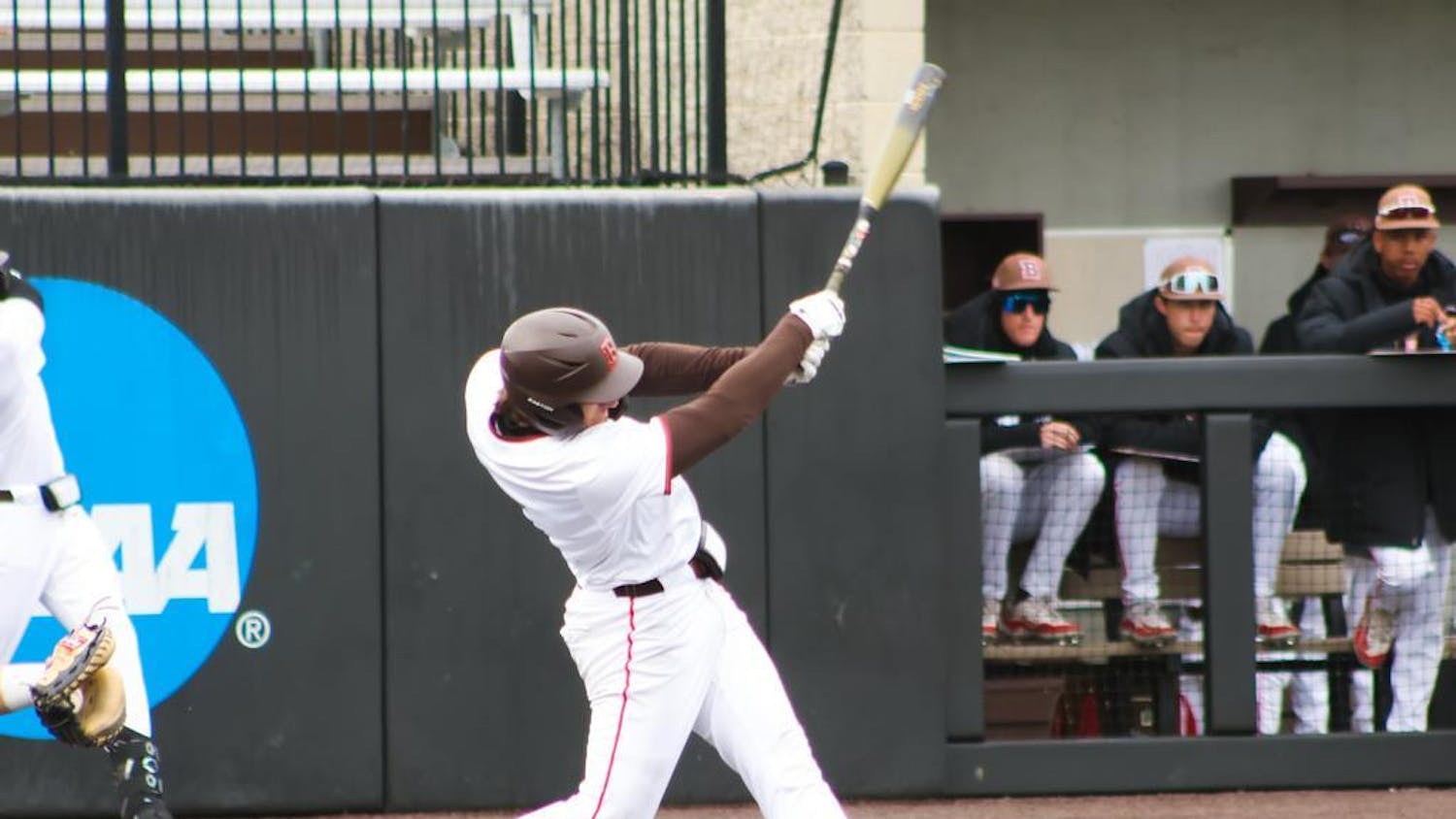Since the very first day of training camp, pundits have been asking the questions: Which is the NFL’s team to beat? Which is the resurgent dark horse? Twelve weeks into the NFL season, we’re starting to get some answers.
It no longer seems totally ridiculous to start projecting playoff matchups or picking Super Bowl favorites. Now is the time when pretenders and contenders diverge.
But really, we’ve known all along. Despite all the drama, the 2015 NFL season will likely teach us nothing new about a Super Bowl formula that is time-worn and battle-tested — to win in February, a team needs an elite QB, an elite defense or both. In any case, your quarterback absolutely must take care of the football.
The list of recent Super Bowl winners is littered with Tom Brady and Aaron Rodgers equivalents. The few ostensible exceptions aren’t really exceptions — Joe Flacco may not be elite, but the 2013 playoff version of Joe Flacco definitely was. Eli Manning just got lucky (twice) against my Patriots.
And so the list of contenders is whittled down to a handful of teams with premiere quarterbacks. It would then seem that each franchise should develop young QB talent until it hits the jackpot with a marquee signal caller.
But while the strategic path appears straightforward, far too many teams consistently veer off the road. These teams willfully plunge into quarterback purgatory, handing long-term contracts to quarterbacks talented enough to win a few games yet too error-prone to realistically stage a Super Bowl run. If every team prioritized championships, the Matt Staffords and Jay Cutlers of the world would be holding clipboards rather than $50 million contracts.
But alas, not every team prioritizes success, and therein lies the NFL’s incentive problem. NFL team owners are ultimately held accountable by the voices of fans. A disgruntled fanbase, however uninformed, demands a scapegoat, and it’s a lot easier to fire a coach than to purge an entire active roster.
Thus team decision-makers face intense scrutiny and pressure to improve short-term prospects for the franchise. Since 1978, an NFL head coach has had 1-in-4.8 odds of being fired at the conclusion of each season. Job security for a general manager is almost as tenuous.
Even if committing to a rebuild is in the best long-term interest of the team, no coach or GM can afford to be associated with short-term failure. Economists would throw around fancy terms like moral hazard, but really the concept is pretty simple — the marketplace for NFL roster construction rewards minimizing downside more than maximizing upside.
This problem of misaligned incentives is not new, just differently framed. Statisticians have been screaming for years that coaches are systematically too conservative on fourth downs. The odds beg coaches to punt the ball away less often, yet they stubbornly trot out their punters to voluntarily relinquish possession.
Anyone who has ever played Madden can tell you that operating as an ultra-aggressive coach is always more fun and exciting. Turns out, it’s also more effective. But any coaches who haven’t earned the right to buck the flawed conventional wisdom risk their jobs by attempting the smart play rather than settling for the safe one.
The NFL tends to reward tactical ingenuity and innovation. Bill Belichick has carved up the league for over a decade by constantly operating a full strategic step ahead of his opponents. But in an age where coaches are discouraged from trial and error, almost everyone converges to the familiar.
To differentiate on the field, teams must innovate off of it. Tremendous synergies exist when head coaches are given the freedom to influence roster construction, but few coaches stick around long enough to earn this trust.
NFL teams operate as businesses. And like every business, teams are ultimately responsive to the needs of their customers. Team owners aren’t necessarily ill-informed about the counterproductive nature of withholding job security, but they certainly aren’t incentivized to deviate from the trend.
Any solution thus has to stem from the demands of football fans. If teams could properly communicate the benefits of adhering to a long-term vision of success, they could manage the expectations of their fan bases. More patient and informed supporters would then be more willing to truly hand the keys over to the decision-making professionals.
In simpler terms: longer leashes, fewer punts and better football.
Mike Firn ’16 goes for every fourth down in Madden. Contact him at michael_firn@brown.edu.




